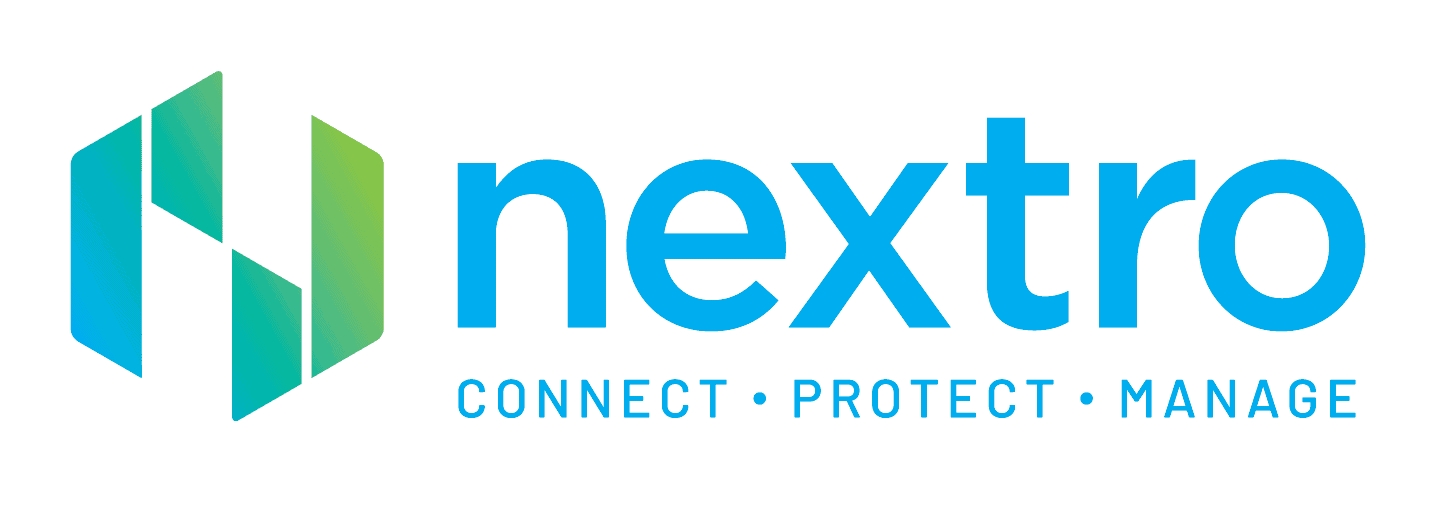Wi-Fi 7: What Should You Know?
As Wi-Fi 7 gains more traction as the latest wireless advancement that continues to make waves in the technology world, RUCKUS Networks has been working on bringing the aspects of this new technology to our readers to help prepare the way for the eventual flood of new devices that have already started to enter the market and are projected to expand even more as we enter 2024.
The next generation of Wi-Fi® technology will take your network to the next level.
The Wi-Fi Alliance’s new IEEE 802.11be standard defines Wi-Fi 7—and RUCKUS Networks defines a new level for your network. For enterprise, healthcare, education, large public venues and other environments, Wi-Fi 7 is your key to unlocking a more efficient, secure and responsive network.
Wi-Fi 7’s extreme speeds, low latency and increased capacity deliver exceptional user experiences and empower an entirely new class of advanced connected devices and demanding applications. Need a way to manage 8K video streams, extended reality (XR) video conferencing, massive social gaming, and more? Wi-Fi 7 is the answer you’ve been waiting for—and RUCKUS® will bring it to life for you as the first supporting enterprise-class devices hit the market in 2024.
In the Wi-Fi 7 age, RUCKUS will transform our entire portfolio to a three-radio architecture supporting the simultaneous 2.4 GHz, 5 GHz and 6 GHz bands required for the new standard. Wi-Fi 7 deployment will dramatically increase throughput, reduce latency and improve connection reliability.
Wi-Fi 7 is the next big thing we’ve all been waiting for. RUCKUS will be ready to make it work its hardest for your network.
Benefits of Wi-Fi 7
Offers dramatically better throughput
RUCKUS Wi-Fi 7 solutions will deliver massive throughput boosts over Wi-Fi 6 thanks to its wider channels and greater 6 GHz capacity gains. The result? Peak rates exceeding 40 Gbps, FOUR TIMES the throughput of Wi-Fi 6.
Offers dramatically better throughput
RUCKUS Wi-Fi 7 solutions will deliver massive throughput boosts over Wi-Fi 6 thanks to its wider channels and greater 6 GHz capacity gains. The result? Peak rates exceeding 40 Gbps, FOUR TIMES the throughput of Wi-Fi 6.


Provides wireless link aggregation with MLO
Multi-link operation (MLO) uses multiple bands to simultaneously connect AP and user devices. Aggregating these discrete links significantly increases throughput, reduces latency and improves connection reliability.
Conquers interference with preamble puncturing
Preamble puncturing enables a Wi-Fi 7 AP to transmit a “punctured” portion of a channel if a portion of that channel spectrum is being used by legacy users. This feature is what lets Wi-Fi 7 support 320 Mhz channel—double that of Wi-Fi 6—without letting interference degrade performance.


Supports the most demanding low-latency applications
Deterministic latency is a critical need for advanced applications like AR and VR that can’t tolerate highly variable latency levels. RUCKUS Wi-Fi 7 technologies will support time-sensitive networking (TSN) to provide the deterministic latency the applications need.
Will we actually see speeds of 46 Gbps?
The short answer is no. The major stumbling block now is the spatial streams. 16 spatial streams look good on paper, but in reality, the size and power needed to support 16 spatial streams make it something that won’t be seen outside of a lab.
With the release of the 6 GHz spectrum for Wi-Fi use, we get two of three criteria needed for 46 Gbps (4K QAM with Wi-Fi 7, 320 MHz wide channels in 6 GHz) but the lack of 16 spatial streams in client devices means we are looking at closer to 5 Gbps with the 2 spatial stream client devices we expect to see on the market. While that might seem like a little bit of a letdown, let’s be honest here, 5 Gbps is still a significant upgrade to the throughput we saw with the same parameters but using a Wi-Fi 6E client and AP. Also, while the United States is lucky to have been granted the entire 1,200 MegaHerz worth of spectrum in 6 GHz, not all regulatory domains were as lucky, so these super wide channels won’t be seen everywhere.
What we do get out of Wi-Fi 7 is a much better service to support applications like VR, AR, online gaming, cloud computing, and remote office workers.
Why Does Punctured Transmission Work with Wi-Fi 7?
Wi-Fi 7 introduces the concept of these narrow band “interferes” being a simple puncturing of the spectrum. The devices are then allowed to “heal” around that puncture and recover the spectrum that was lost in the past. Sure, it’s never great to have a puncture, but if and when that happens, it sure would be nice to just have to slow down a little bit instead of having a catastrophic blowout and wrecking the network.
What about wireless congestion?
This feature has three major operating modes, each bringing its own benefit to Wi-Fi. While not all the modes directly address this issue, any improvement in how the channel is utilised will naturally lead to higher Wi-Fi speeds, making your internet connection feel much faster, even though you might not meet the conditions of EHT outlined above.
- Improved Resiliency using Link Redundancy
- Improved Throughput using Link Aggregation
- Improved Latency (or lower latency) using Link Selection, even in networks experiencing congestion
Of all the enhancements in Wi-Fi 7, MLO offers the best chance for peak performance in Wi-Fi to date. It also is a great lead into what 802.11bn is supposed to offer and a small glimpse into what the next 8 to 10 years of Wi-Fi could possibly look like.
If you want to learn more about the benefits WiFi-7 can bring to your business, get in touch with our team now.
